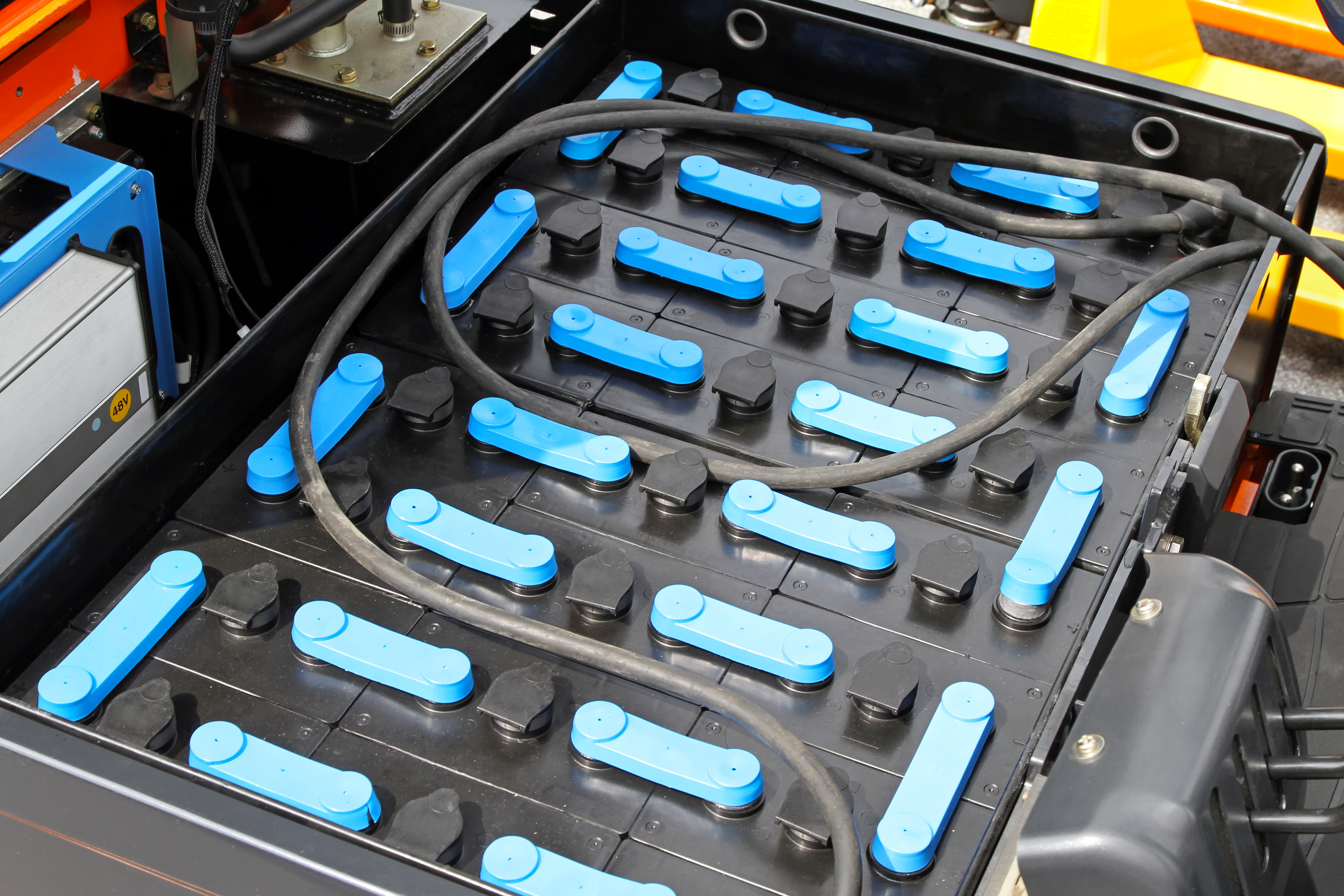Thermal Management in Battery Systems
Rapid growth in the Electric Vehicle market has led to ever-increasing demands on the efficiency and life of lithium-ion battery systems. The performance of lithium-ion batteries is very dependent on the proper maintenance of cell temperature, and therefore an effective thermal management system is critical in order to reach the maximum performance when operating in various ambient conditions.
There are four primary functions that should be the focal points of a proper Battery Thermal Management Systems: Insulation, Ventilation, Cooling and Heating. These four primary functions, when combined properly, will maximize safety, life expectancy, available power, and capacity of the battery.
Heating Technologies
- Cooling
Due to inherent inefficiencies of lithium-ion battery systems, cells generate heat when releasing energy. For safety and performance concerns, this heat must be directed away from the system to prevent overheating, which can cause damage to the cells.
- Heating
Conversely, if the cell temperature falls below the desired temperature limit, performance is adversely affected and the cells will require a supplemental heat source. Thermo Heating Elements employs two primary technologies and two secondary technologies to address this requirement, Polymer Thick Film and Positive Temperature Coefficient are the standard, primary technologies, and Silicone Rubber are the secondary technologies.
- Insulation
The use of proper insulation materials in BTMSs will help mitigate temperature swings within the battery pack when exposed to severe weather conditions. In addition, it will help reduce the power required to maintain a constant and desirable internal temperature, required for optimum battery performance.
- Ventilation
A well-conceived ventilation system serves two functions, the exhausting of hazardous gasses within the battery system and the augmentation of the cooling system. However, a ventilation system can also undermine the heating and insulation of the BTMS if proper design consideration is not taken into account.


Positive Temperature Coefficient (PTC) Heating Systems
PTC heaters are often used when over-temperature protection is desired or, in some cases, when precise temperature control is not required. PTC heaters are thin, flexible, wide-geometry printed circuits with excellent thermal transfer characteristics. PTC heaters must be carefully designed to maximize efficiency and minimize temperature swings within the cells. PTC heaters are self-regulating heating elements, manufactured using advanced screen printing processes that are highly cost-effective and environmentally friendly.
Polymer Thick Film (PTF) Heating Systems
PTF heaters, like PTC heaters, are produced using environmentally friendly and cost-effective manufacturing processes. Unlike PTC heaters, PTF heaters are designed to maintain a steady power output (wattage) with a constant voltage. When designed with integrated thermistors or other temperature sensing devices, external temperature control modules can precisely regulate heater temperature to optimize the thermal conditions within the cell.
Ultraflex Heating systems
Ultraflex heating systems are highly customizable solutions with a moderate price point. Custom options include thermostats, thermistors, thermal fuses, as well as integrated insulation. They are useful in high vibration environments or where unusual battery pack geometries require heating elements with a very high amount of flexibility.
Silicone Heating systems
Silicone heating elements are used when high watt densities are required or when the battery systems are located in harsh environments. Because the thermal mass of the heater is greater than PTF heaters or PTC heaters, Silicone heaters are less thermally efficient. Silicone rubber heaters are highly customizable, durable, and rated for higher temperatures, but also have a higher price point.

